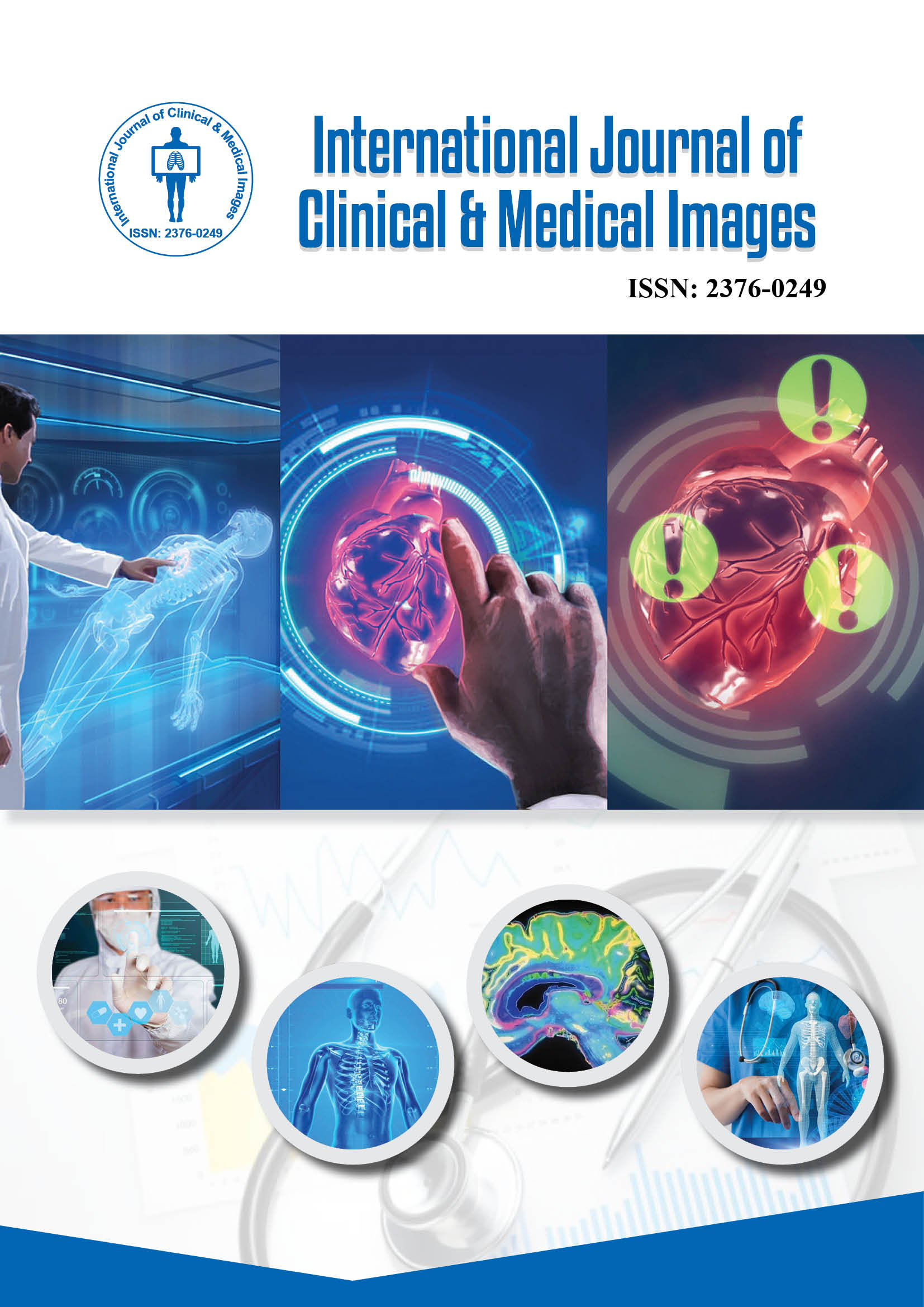2376-0249
Clinical-Medical Image - International Journal of Clinical & Medical Images (2024) Volume 11, Issue 7
Author(s): Cozma Luca*
Department of Medical Disciplines, University of Oradea, 410073 Oradea, Romania
Received: 01 July, 2024, Manuscript No. ijcmi-24-145852; Editor assigned: 03 July, 2024, Pre QC No. P-145852; Reviewed: 15 July, 2024, QC No. Q-145852; Revised: 22 July, 2024, Manuscript No. R-145852; Published: 29 July, 2024, DOI:10.4172/2376-0249.1000969
Citation: Luca C. (2024) The Role of Clinical Case Images in Rare Disease Diagnosis and Management. Int J Clin Med Imaging 11: 969.
Copyright: © 2024 Luca C. This is an open-access article distributed under the terms of the Creative Commons Attribution License, which permits unrestricted use, distribution, and reproduction in any medium, provided the original author and source are credited.
Clinical case images play a pivotal role in the diagnosis and management of rare diseases, offering invaluable visual insights that can significantly enhance clinical decision-making. These images, which include photographs, radiographs, and other diagnostic imaging modalities, provide critical information that can aid in identifying rare diseases, guiding treatment strategies, and monitoring disease progression. The use of clinical case images extends beyond mere documentation; it facilitates the sharing of knowledge among healthcare professionals, aids in research, and contributes to the development of more effective diagnostic tools and therapeutic approaches. This manuscript explores the multifaceted role of clinical case images in the context of rare diseases, highlighting their impact on diagnostic accuracy, therapeutic decisions, and patient outcomes. Through detailed examination of various case studies and imaging techniques, it underscores the importance of integrating visual data into the clinical workflow and emphasizes the need for continued advancement in imaging technologies and methodologies to better serve patients with rare conditions [1].
In the realm of medicine, rare diseases present a unique set of challenges that can complicate diagnosis and management. Due to their low prevalence and diverse manifestations, these conditions often elude straightforward diagnosis and require a nuanced approach to treatment. Clinical case images—ranging from photographs of physical symptoms to advanced radiographic and imaging studies has emerged as critical tools in navigating the complexities associated with rare diseases. The significance of clinical case images lies in their ability to offer visual evidence that complements traditional diagnostic methods. For many rare diseases, especially those with subtle or atypical presentations, visual documentation can be crucial in establishing a correct diagnosis. For instance, dermatological manifestations of genetic disorders or autoimmune conditions can often be subtle and require high-resolution imagery for accurate assessment. Photographs and high-definition imaging can reveal patterns and anomalies that might be overlooked in verbal descriptions alone. In the diagnostic process, case images can serve as a comparative tool. Physicians can compare current patient images with those from established cases, leveraging visual similarities to guide their diagnostic hypotheses. This comparative analysis is particularly beneficial in the context of rare diseases, where the presentation may be atypical and the condition itself may not be widely familiar. By referring to a repository of well-documented cases, clinicians can enhance their diagnostic accuracy and reduce the likelihood of misdiagnosis [2].
Clinical case images; Rare diseases; Diagnostic accuracy
None.
[1] Hoffman JI. and Kaplan S. (2002). The incidence of congenital heart disease. J Am Coll Cardiol 39(12): 1890-1900.
Google Scholar, Crossref, Indexed at
[2] Fuchs MM. and Connolly HM. (2020). Ebstein anomaly in the adult patient. Cardiol Clin 38(3): 353-363.
 Awards Nomination
Awards Nomination

